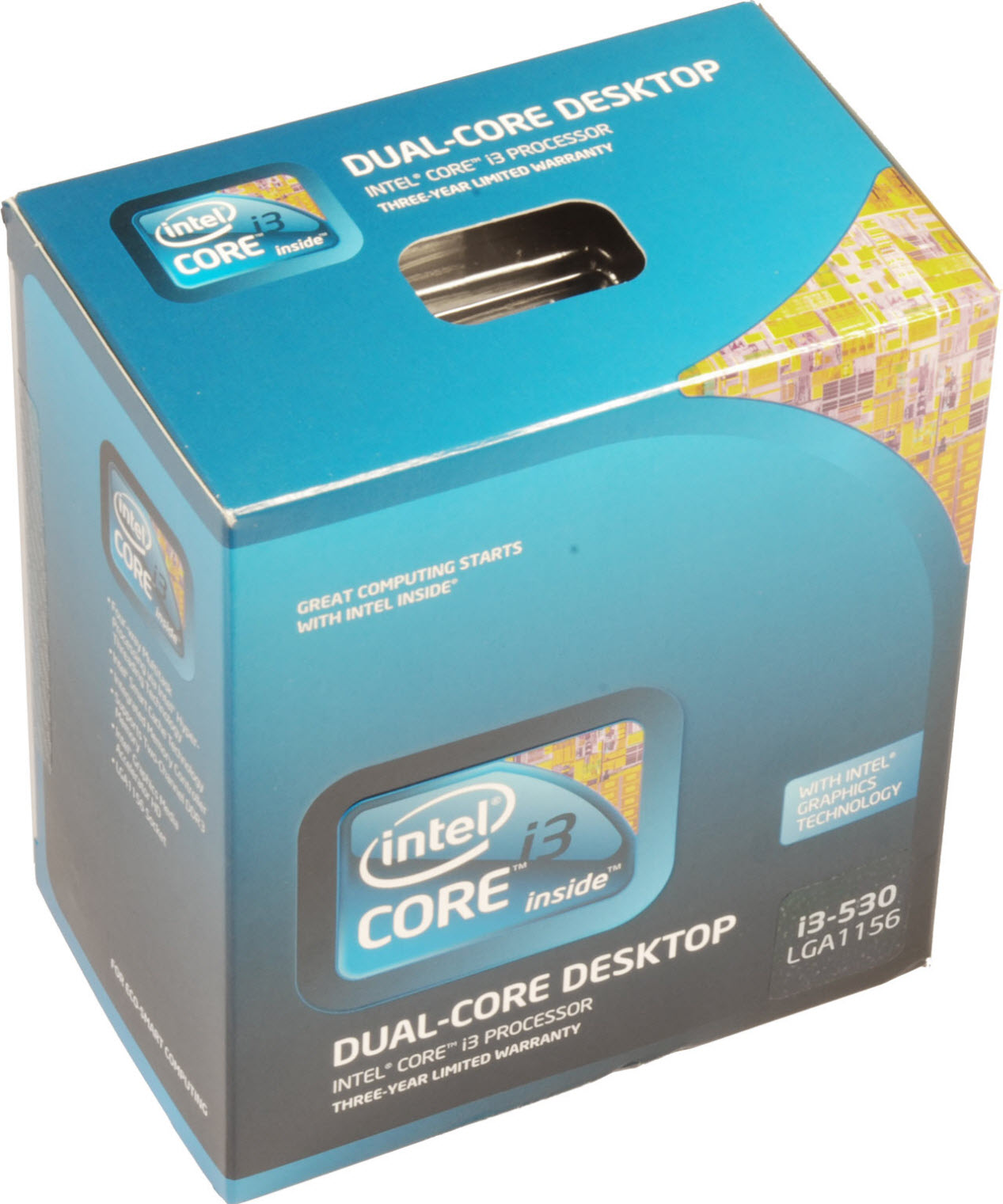Overclocking: Get The Performance Of A Core i5 From Core i3
Intel’s $115 Core i3-530 doesn't include Turbo Boost technology and it doesn't boast hardware-based AES-NI, but it overclocks like a fiend. We benchmarked this dual-core, HT-equipped chip at 4.4 GHz and determined the most power-efficient overclock.
Cranking Up Core i3 To 4.4 GHz
Intel’s 32 nm processor generation undoubtedly has a lot of potential. The quad-core models usually reach 4+ GHz, and the dual-cores can go much further. Therefore, we decided to test the cheapest Core i3 offering, the Core i3-530, and see what this entry-level desktop processor has in stock for you.
What’s In a Name?
This is actually a good question. Although Intel's product portfolio appears to be straightforward—the Core i3, Core i5, and Core i7 families appear to be laid out logically enough—Intel created a number of caveats you'll need to be able to navigate.
The Core i3 models, for example, are dual-core chips, and they don’t come with all of the features found on more expensive CPUs. This is entry-level hardware to be sure, and there are only two SKUs available, the Core i3-530 at 2.93 GHz and the Core i3-540 at 3.06 GHz.
The Core i5 is available either with two cores (600-series) or four cores (700-series). All Core i5 processors support Turbo Boost functionality, but only the dual-core versions accelerate AES encryption and decryption, and come equipped with Hyper-Threading. Be careful with the mobile Core i5 lineup—not all of these chips support AES-NI. The quad-core Core i5-750 is a 45 nm part, while all dual-core models are manufactured at 32 nm. And beware the Core i5-750S, since this low-power version is less efficient than the regular product.
And then there's Core i7. The 800-series drops into the processor interface as all of the aforementioned CPUs, namely LGA 1156. These support Hyper-Threading, but not AES acceleration. The flagship model i7-980X features six cores and is manufactured at 32 nm, while the rest of the 900-series features four cores and a 45 nm process. All 900-series CPUs employ the LGA 1366 interface.
Back to Basics
Get Tom's Hardware's best news and in-depth reviews, straight to your inbox.
Let’s get back to some important facts: Intel processors are almost universally more expensive than AMD’s, but most offer significant overclocking headroom. In fact, many processors, including the Core i5 dual-cores and the i5-750 quad-core, deliver better performance per watt at reasonable overclocked frequencies than at their respective stock speed. Therefore, we decided to purchase the cheapest Core i3 available to see how fast it can go and find its most efficient clock speed.
Current page: Cranking Up Core i3 To 4.4 GHz
Next Page Intel's Core i3-530 CPU